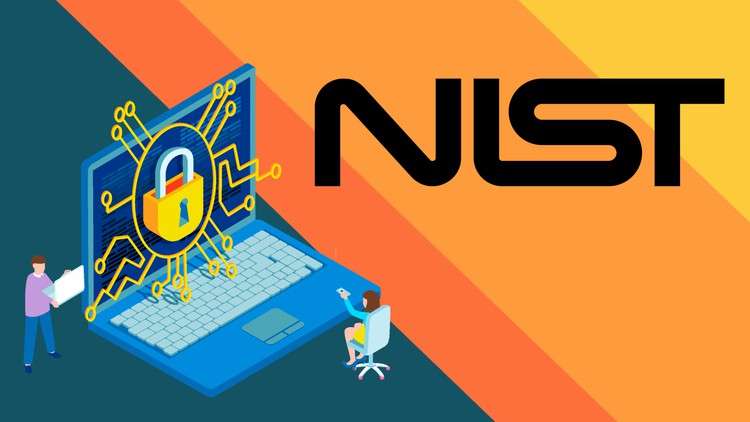Foundations of Risk Management
Introduction to Organizational Security Risk Management
Strategic Governance and Risk Management
Risk Types and Risk Handling Strategies
Overview of the Risk Management Process
Identifying and Categorizing the Risk Environment
Risk Assessment
Designing for Effective Risk Management
Evaluating Candidates for Control
Implementing Risk Management Controls
Assessment and Effectiveness of Risk Controls
Sustainment
Evaluation of the Risk Management Function
Exploring Risk Management Frameworks
Survey of Existing Risk Management Frameworks
Making Risk Management Tangible
Formal Architectures
General Shape of the RMF Process
RMF Implementation
International Organization Standarts
OSI 31000 Implementation Process
COSO Enterprise Risk Management Framework
Health Information Trust Alliance Common Security Framework
NIST SP 800-30 and NIST SP 800-39 Standarts
Security Categorization and Frameworks
Step 1 – Categorize Information and Information Systems
Security Impact Analysis
FIPS 199, Standards for Security Categorization of Federal Information + Systems
FIPS 199, Standards for Security Categorization of Information Types
CNSSI No. 1253, Security Categorization and Control Selection for NSS
Implementation of Step 1 : Security Categorization
Security Categorization from the Organizational Perspective
Establish Relationships with Organizational Entities
Prepare an Organization-Wide Guidance Program
Security Categorization from Management Prospective
Preparing for System Security Categorization
System Security Categorization: Step2 , Step 3 and Step 4
Obtain Approval for the System Security Category and Impact Level
Security Control Selection and Implementation
Step 2 – Select Security Controls
Understanding Control Selections
Federal Information Processing Standarts
Implementation of Step 2 – Select Security Controls
Select Initial Security Control Baselines and Minimum Assurance Requirements
Apply Scoping Guidance to Initial Baselines
Determine Need for Compensating Controls
Supplement Security Controls
Complete Security Plan
Other Control Libraries
Security Control Implementation Strategies
Step 3 – Implementing Security Controls
Implementation of the Security Controls Specified by the Security Plan
A System Perspective to Implementation
A Management Perspective to Implementation
Establishing Effective Security Implementation Through Infrastructure Management
Security Implementation Projects and Organization Portfolios
Document the Security Control Implementation in the Security Plan
Security Control Assessment and Remediation
Step 4 – Assess Security Controls
Components of Security Control Assessment
Control Assessment and the SDLC
Ensuring Adequate Control Implementation
Assessment Plan Development, Review and Approval
Security Control Assessment Procedures and Methodologies
Prepare the Security Assessment Report
Initial Remedy Actions of Assessments Findings
Security Authorization and System Deployment
Step 5 – Authorize: Preparing the Information System for Use
Elements of Risk Management
Certification and Accreditation
Application of the RMF
Security Authorizations/Approvals to Operate
Certification of the Correctness of Security Controls
Particular Role of Requirements
Preparing the Action Plan
Preparing the Security Authorization Package
Continuous Security Monitoring and Control Maintenance
Step 6 – Monitor Security State
Sustaining Effective Risk Monitoring
Structuring the Risk-Monitoring Process
Sustaining an Ongoing Control-Monitoring Process
Establishing a Continuous Control Assessment Process
Conducting Continuous Monitoring
Quantitative Measurement Considerations
Keeping the Control Set Correct over Time
Applied NIST Risk Management Framework and Control Evaluation
Practical Applications of the NIST Risk Management Framework
Certification and Accreditation in the Federal Space
The E-Government Act
Implementing Information Security Controls and Evaluating the Control Set
